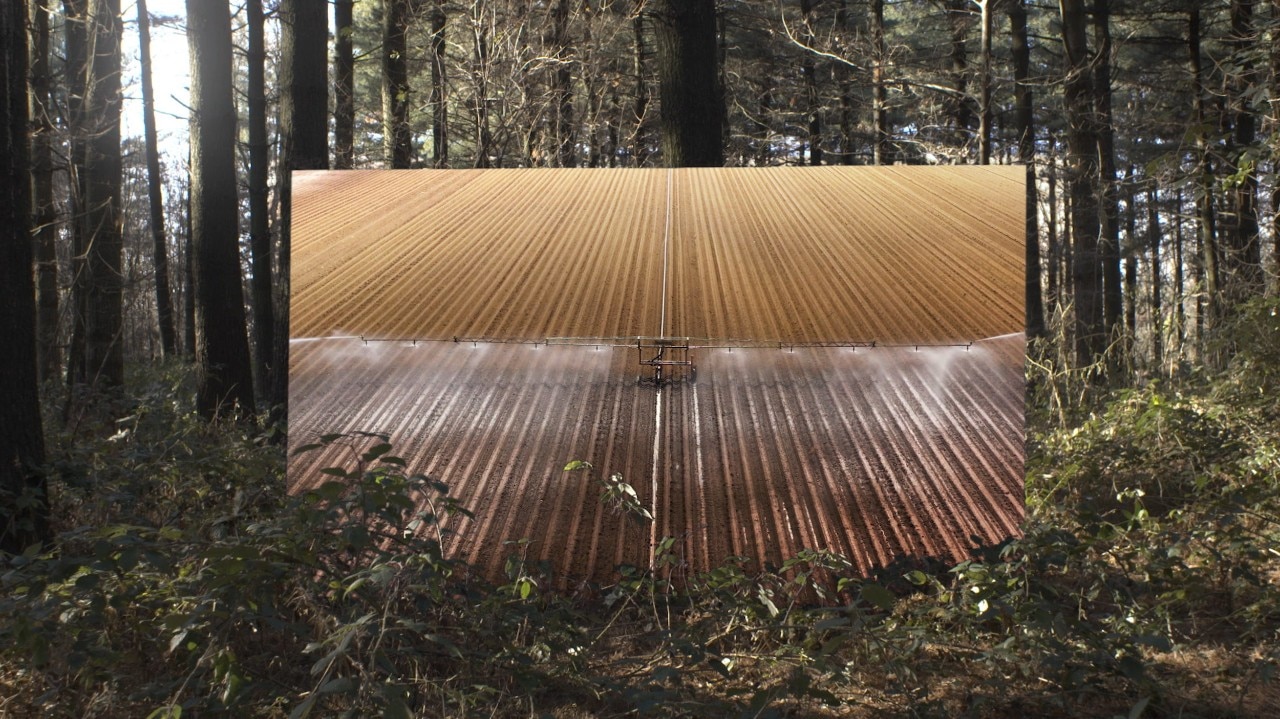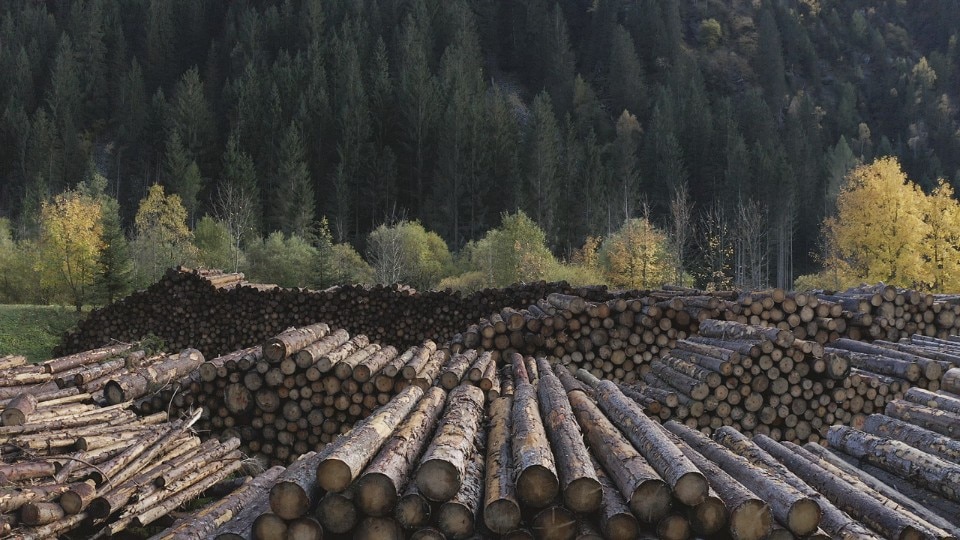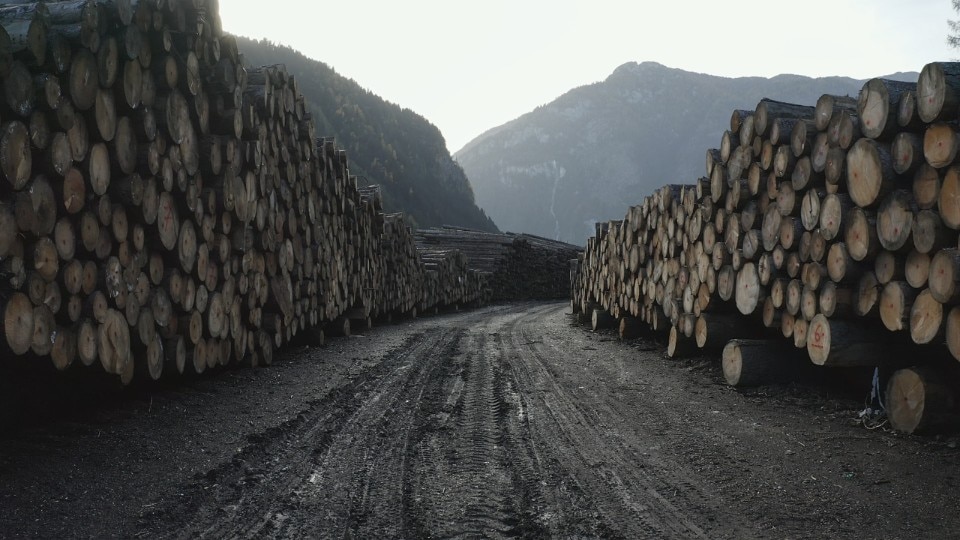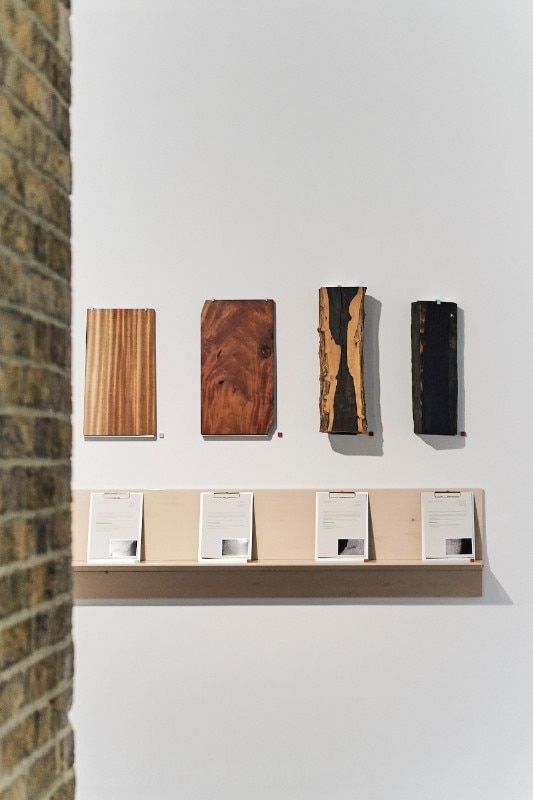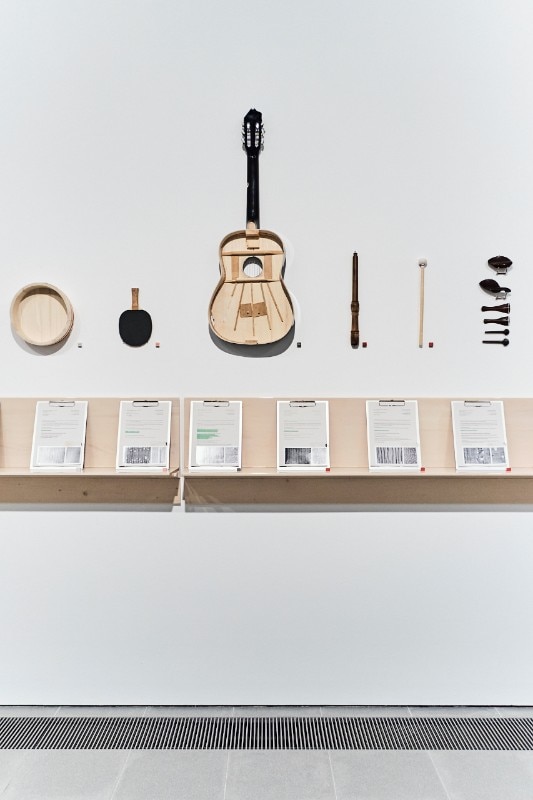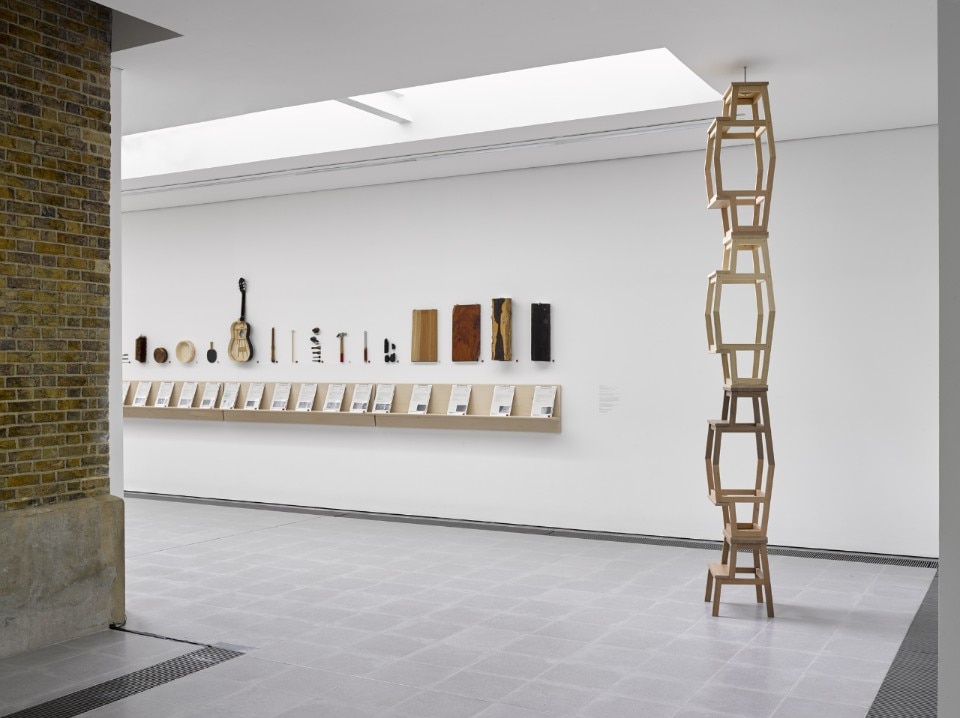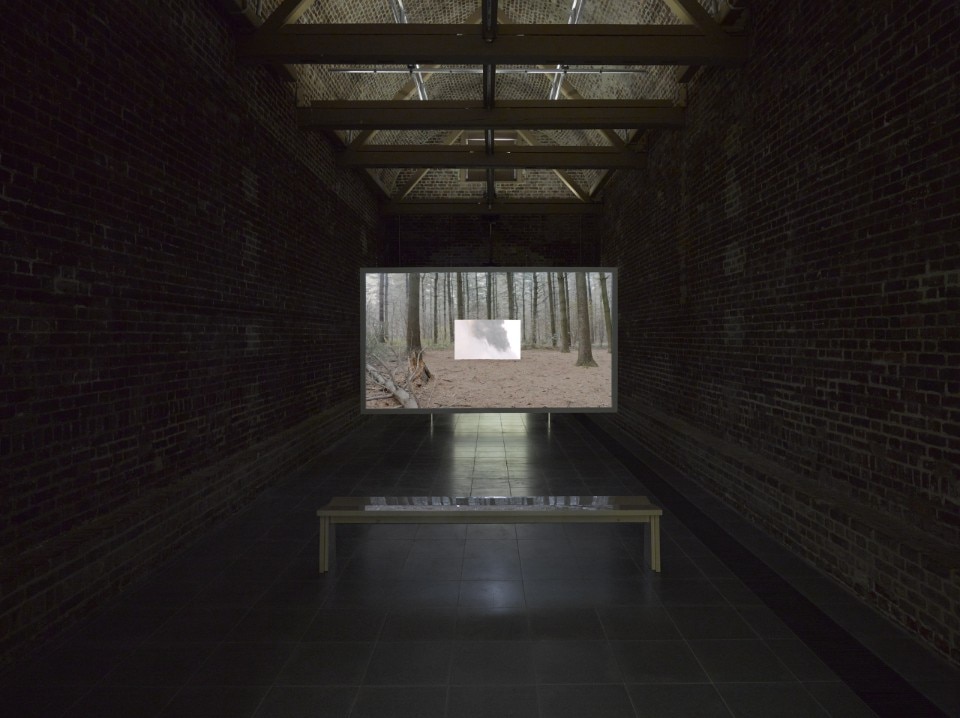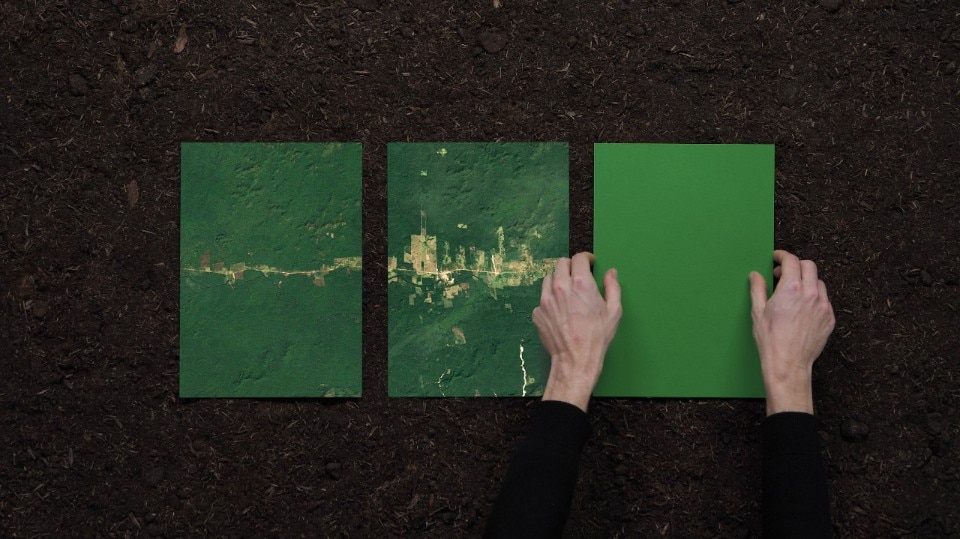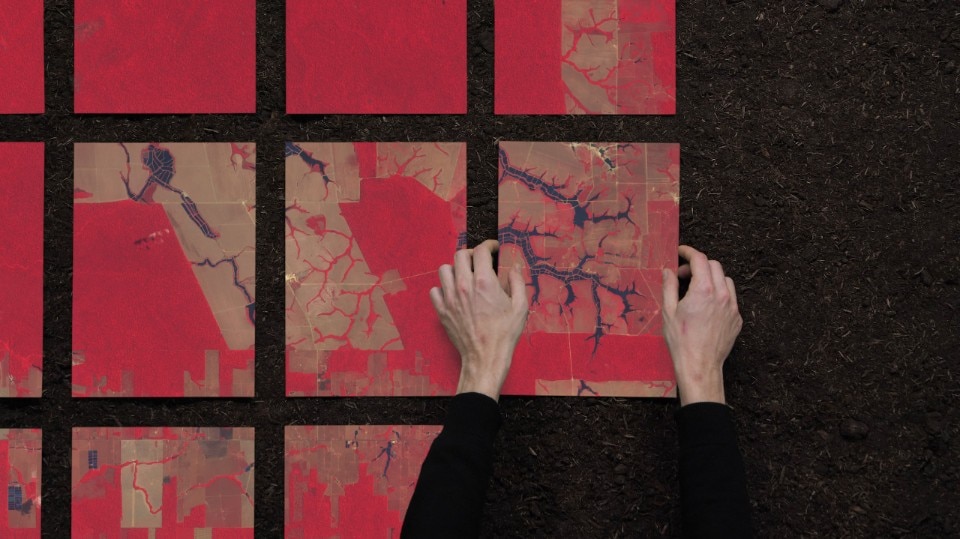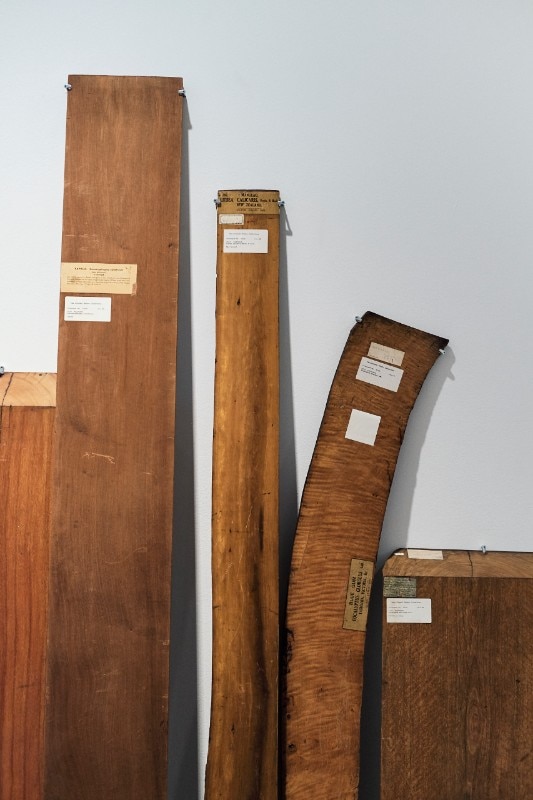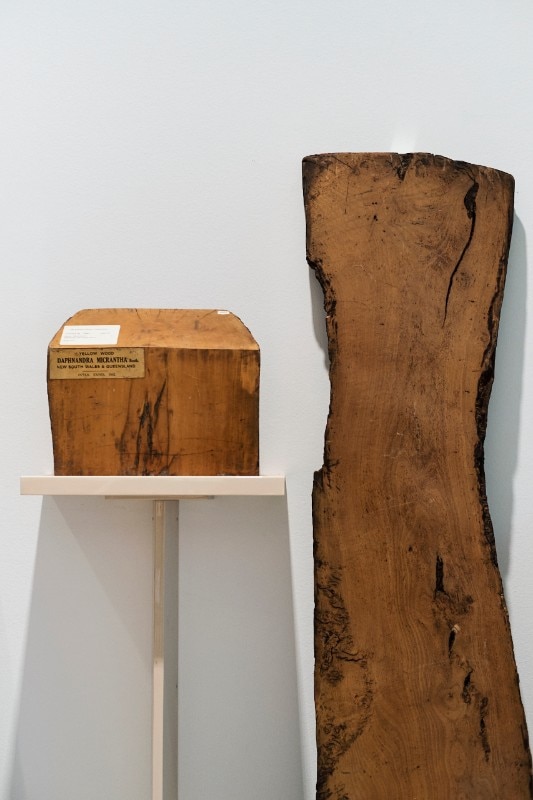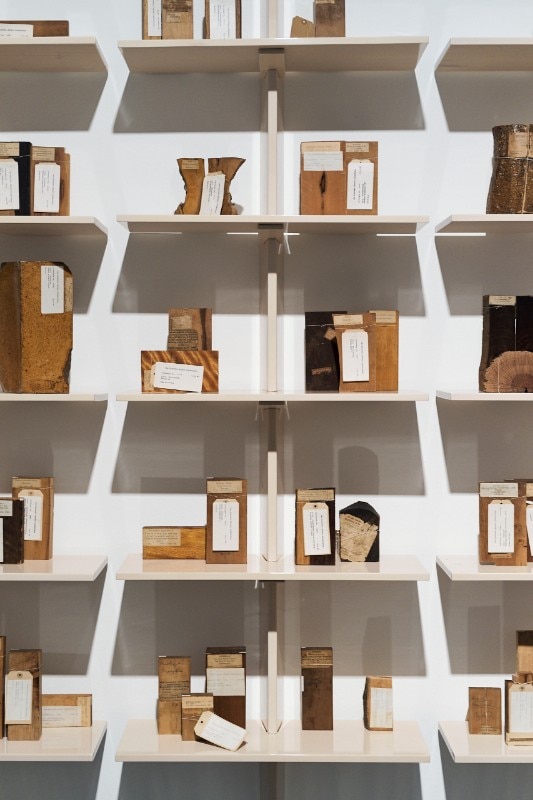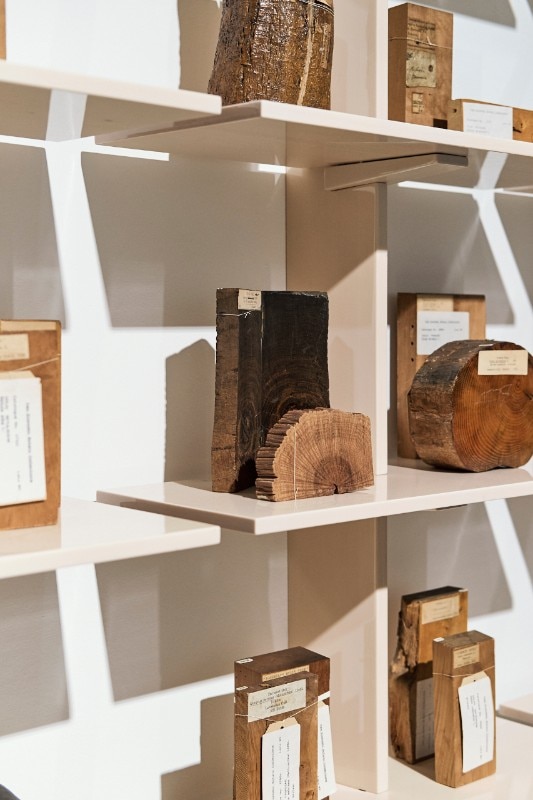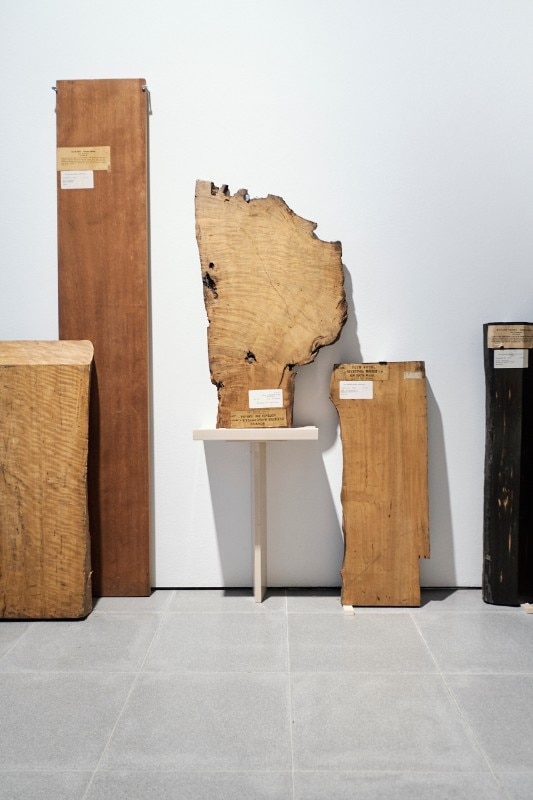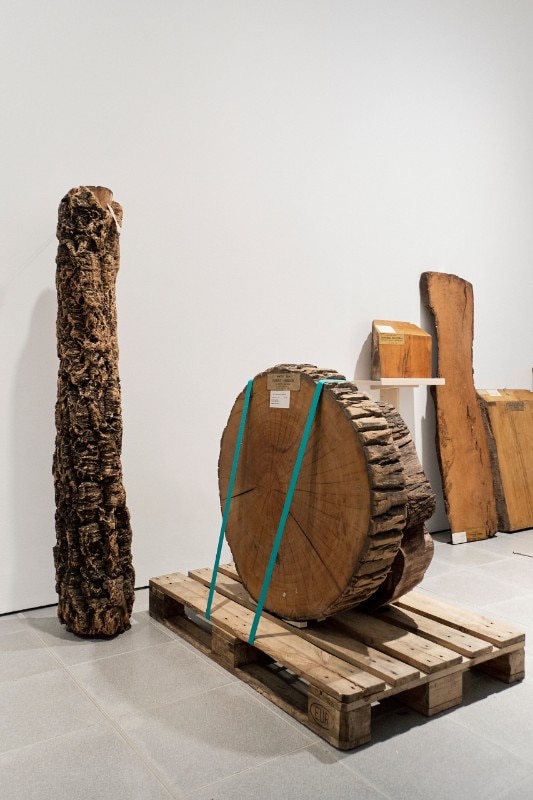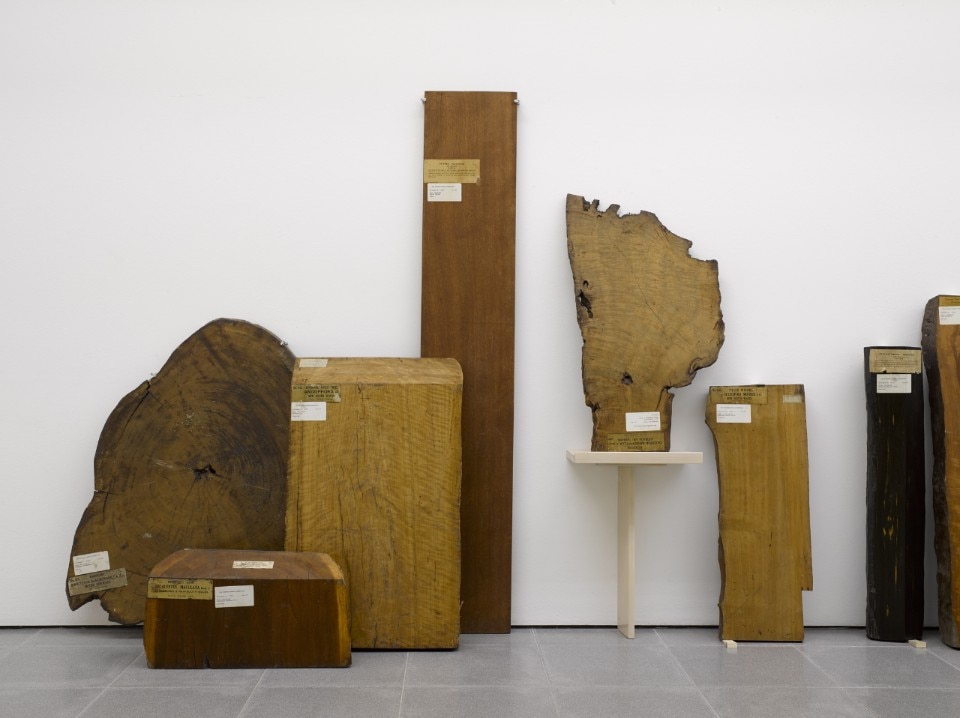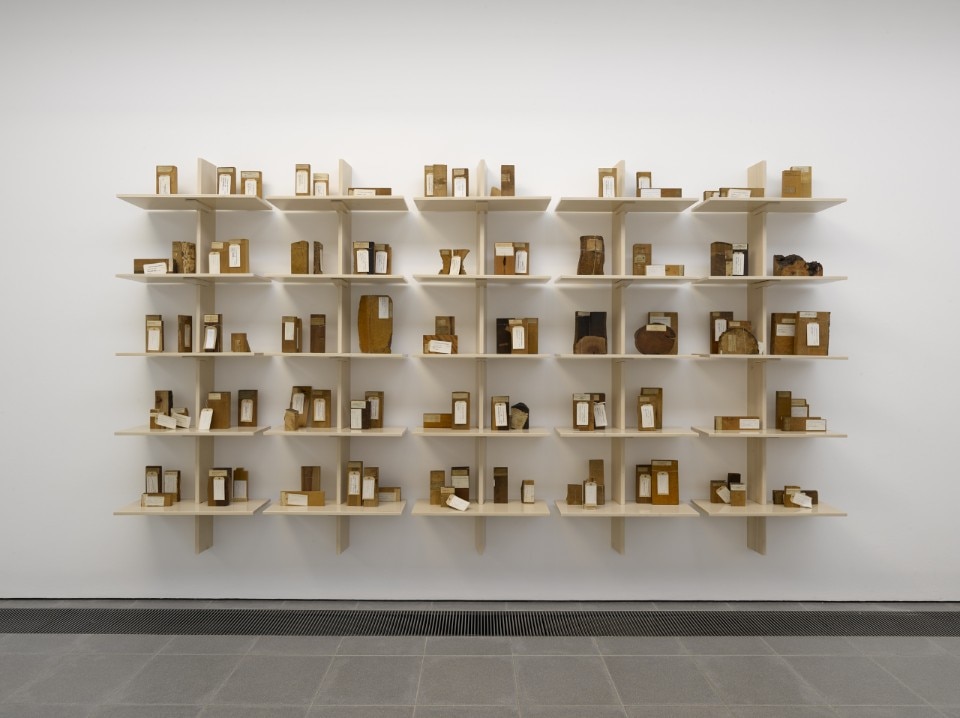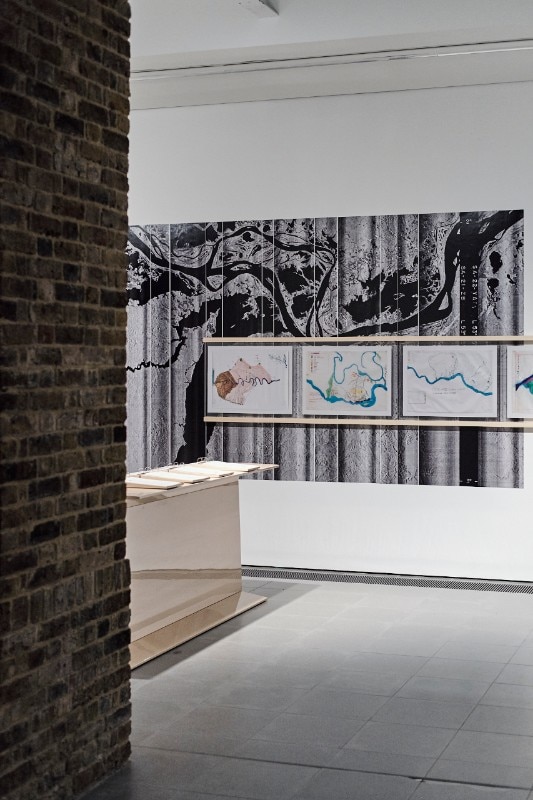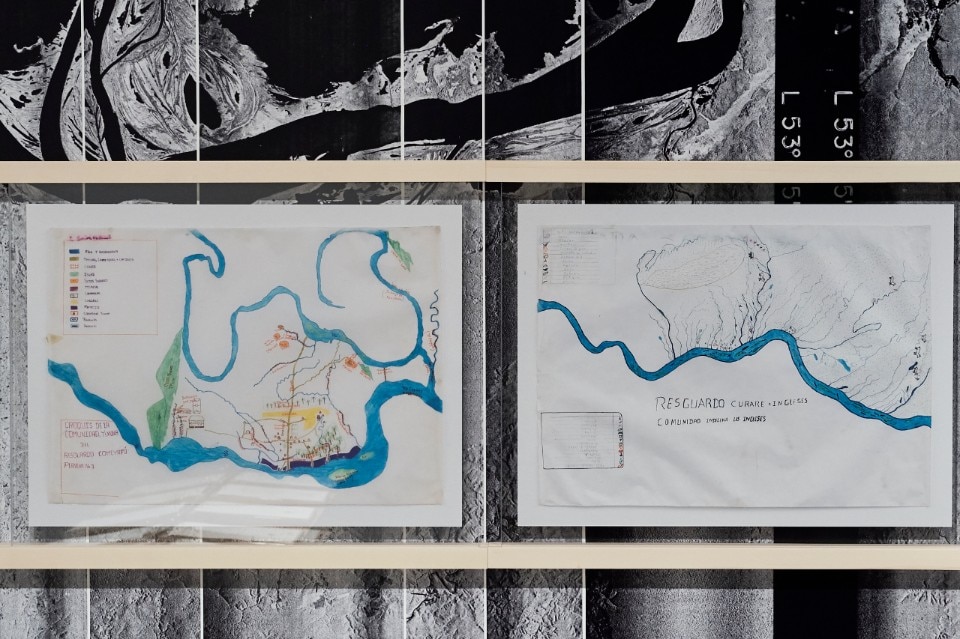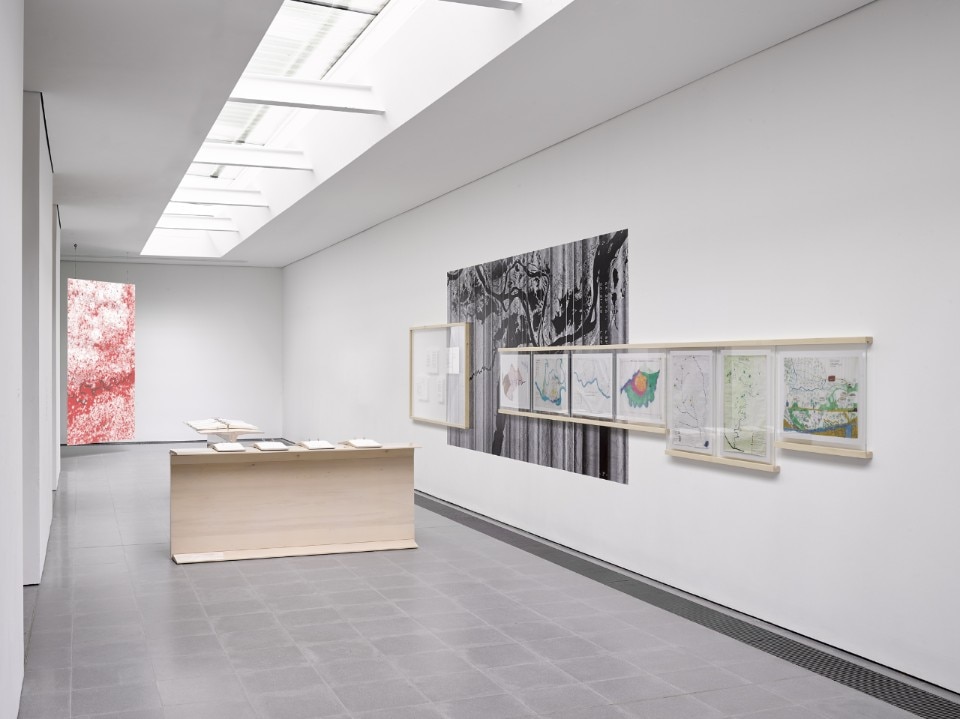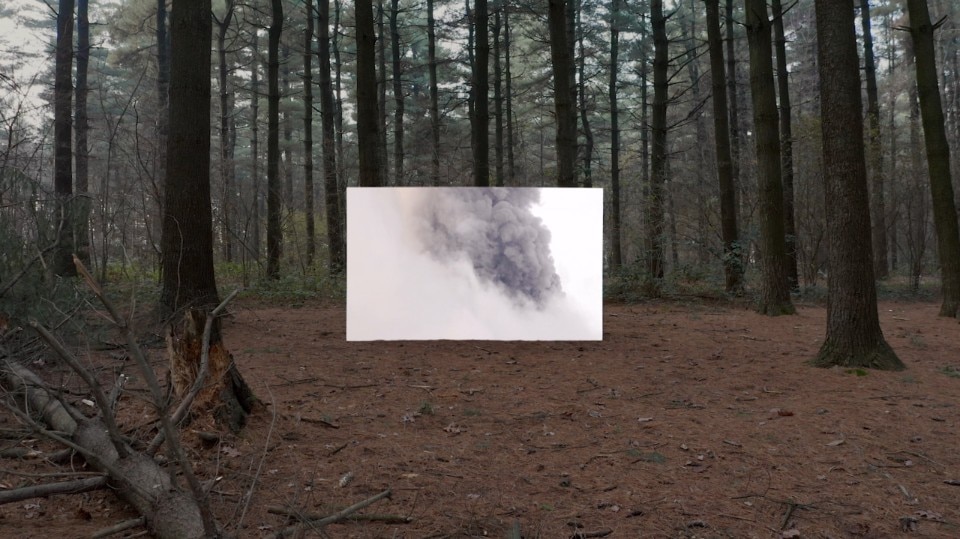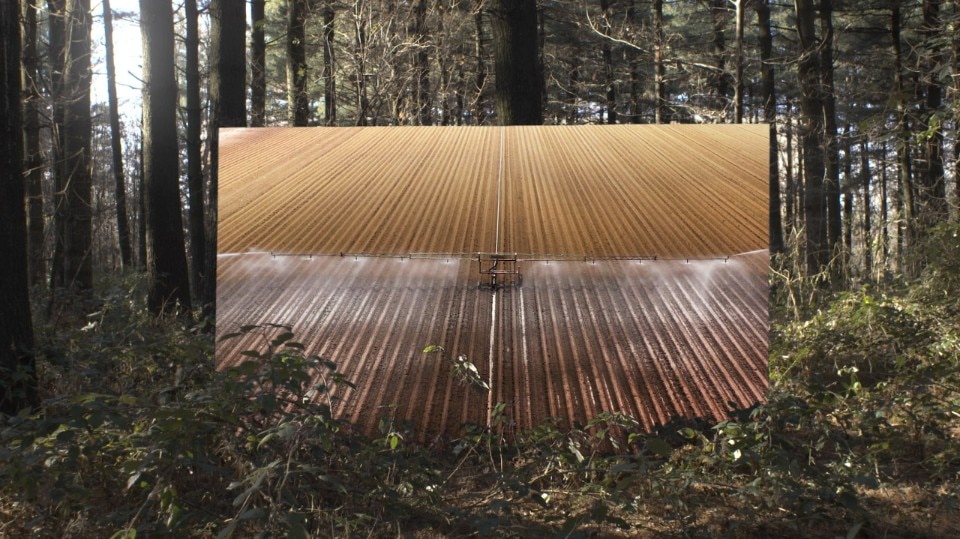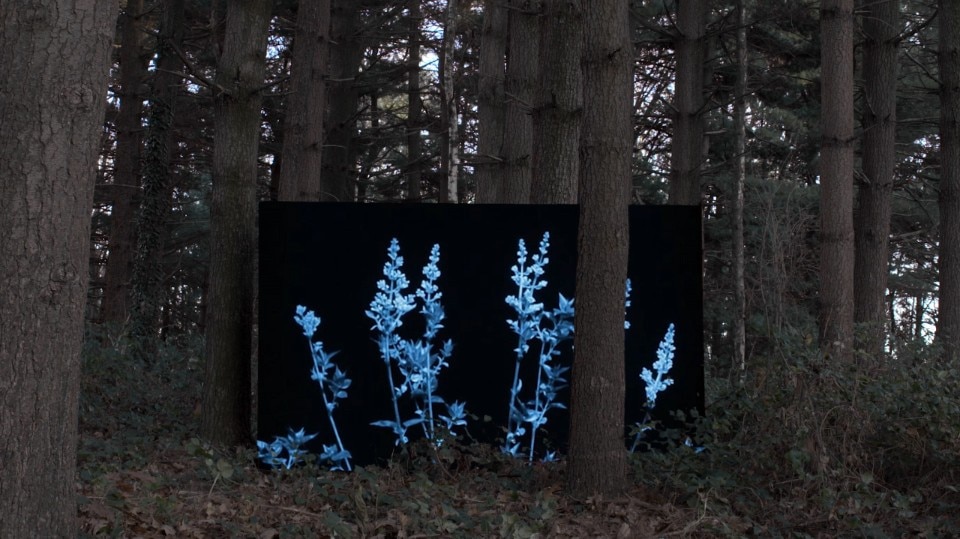In the twentieth century, design was seen as a discipline basically concerned with producing objects by the industrial process. The designer was above all a professional, someone capable of responding to the needs of businesses through design.
In the new century, society is faced with a situation that has changed completely. The great ideologies have exhausted their utopian energies and the idea of linear progress has vanished. The West is facing the longest and most complex industrial crisis in history. It’s reached the point where it looks more like systemic collapse than economic downturn. All this has led a number of designers to reflect on their own role, questioning the foundations of design in the twentieth century.
Studio Formafantasma’s work is part of this debate. It now addresses the issue with an exhibition at the Serpentine Galleries in London, currently inaccessible due to the general lockdown. The topic chosen is wood, hence trees as living elements that become raw materials after their death. The exhibition is titled, “Cambio”, the Italian name for the layer (cambium) between the bark and the wood of trees, which is essential in enabling it to live and grow. The title has a patent double meaning (“cambio” also means “change” in Italian). It presses for change in the way we relate to nature as well as how we understand and interpret the role of design today. The demand for change seems even more relevant as I write up this interview, conducted via Skype due to the Coronavirus lockdown.
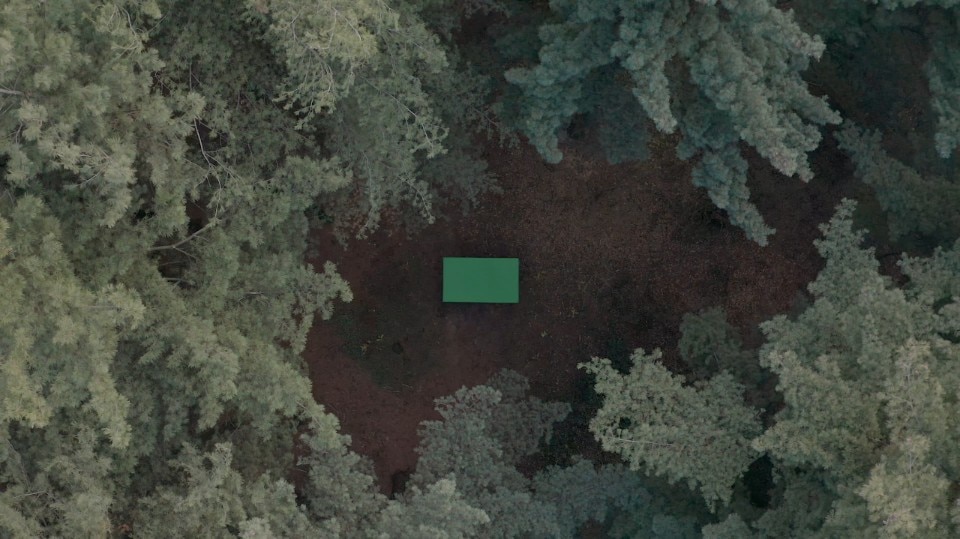
“Cambio” is a design exhibition without a single piece designed by you.
That's right, none of our objects are on display. We didn't want to exhibit products, but a way of thinking and working.
Why an exhibition about wood?
Because trees are not just a raw material but above all living species. This gives us an opportunity to explore the issue of the way we relate to production, while analysing how we extract materials from our planet. And it enables us to deal with the theme of intelligence, not of humans but plants.
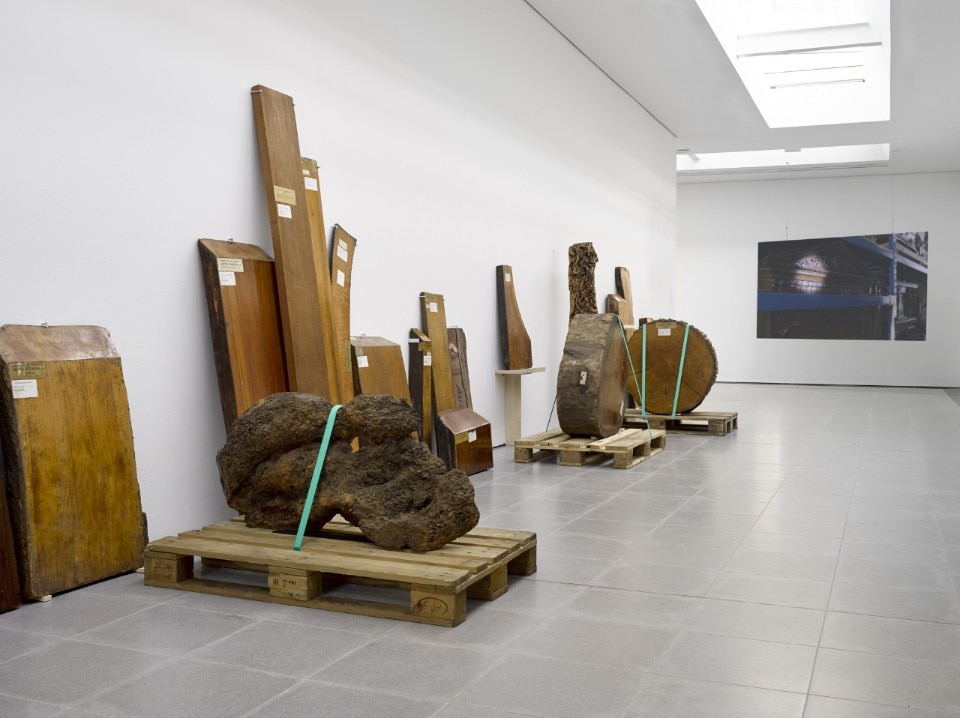
Your working method always lays great stress on process. How did you approach it here?
When designing, the problem of sustainability involves more than just the finished product. It affects the choices that lead to that product. It was important for us to propose a content, so the way we created it had to be consistent with the content. We didn't want to have an authorial, stylistic approach, but to focus on the process. We altered the premises of the Serpentine Gallery as little as possible, while for the design of the display we recovered wood from the Val di Fiemme.
More than a hundred people were interviewed for this project, and virtually all the conversations were conducted via Skype, avoiding travel as far as possible. Usually, when an exhibition is organized the transport is separate. So you have different trucks or containers converging from different places. We organised a type of transport that was cumulative, so reducing the number of journeys as far as possible. This meant that planning the logistics was a complex business, but it reduced fuel consumption and led to significant savings. We wanted this to be a chance to rethink the theme of exhibitions. For instance, we imagine Fashion Weeks or Furniture Fairs, and how far we can cut their environmental impact by planning them differently.
So you visited the Val di Fiemme, an area devastated in 2018. High winds toppled over 14 million trees there. An epochal tragedy! How did it strike you?
When we got there, gazing at those razed woods, it was perhaps the first time we ever had such a violent physical reaction to a landscape. Overawed by the sight, we realized what it means to live on planet Earth right now. The sight really gets to you. It was one of the most deeply moving experiences we ever had.
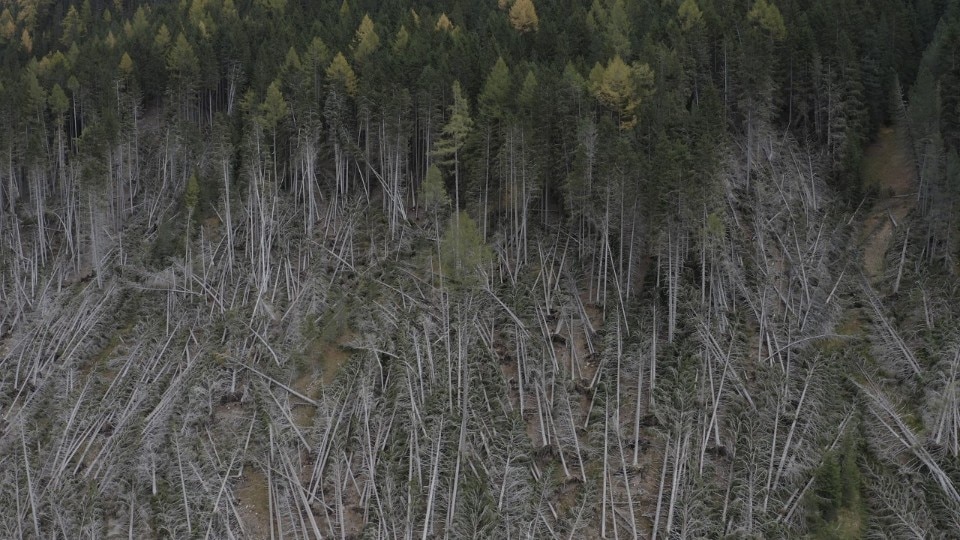
You relied on scientists and experts to reflect on these phenomena and tell you about them.
The whole exhibition is a collaboration. Perhaps we worked more like curators than designers and we show the work of others in dialogue with our own. Many people helped us. They included Marco Carrer (a climatologist at the University of Padua), Sissel Tolaas (a researcher and artist of smells) and Philipp H. Pattberg (of the Vrije Universiteit in Amsterdam). Then there were institutions like the Royal Botanic Gardens at Kew in London and the Naturalis Biodiversity Centre in Leiden, to name only two. Our work with the philosopher Emanuele Coccia was highly significant and illuminating. His contribution took the form of a monologue, as the voice of a tree, an oak, speaking of us humans. We placed it at the end of the exhibition, to wrap up the show.
And what about the science laboratories? How did you involve them?
In various ways. For example, we got them to analyse a series of everyday wooden objects. It turned out that several of these had been made from endangered woods. Even some barbecue charcoal contained rare and protected species.
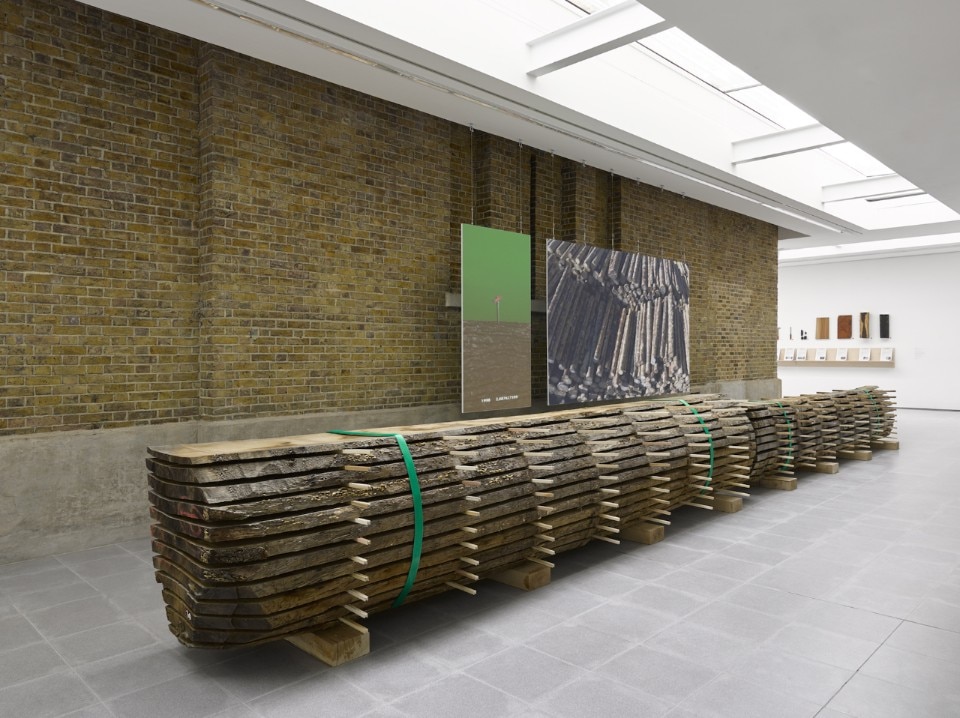
Our postmodern society today grew out of the collapse of the great twentieth-century ideologies, an end that, for better or worse, has also caused us to shed the dimension of utopia and dreams. It seems that sustainability, ecology, is one of the few truly contemporary utopias. Don't you think this idea, like many others, risks being a typically postmodern utopia, hence frail and weak, doomed to have a short lifespan?
Sustainability is a strong utopia because it goes beyond modernity. It’s remote from twentieth-century culture and fully inserted in our new way of understanding our relationship to nature. Modern thought developed from an anthropocentric idea, with humanity seen as the centre of the universe, dominating it, shaping the planet according to suit our needs and desires. But contemporary civilisation has a growing awareness that we can continue to live only if we work together with other living beings. As designers, but above all as human beings. We have to take care not only of ourselves, but all the other species on the planet. This means redesigning the way we live on a day-to-day basis. Ecological thinking will shape the politics of the future. It will be a great utopia, one that will compel us to do radically better.
- Exhibition:
- Cambio
- Curated by:
- Rebecca Lewin
- Opening dates:
- 4 March – 17 May 2020
- Museum:
- Serpentine Galleries, Londra
- Address:
- Kensington Gardens, Hyde Park, United Kingdom


